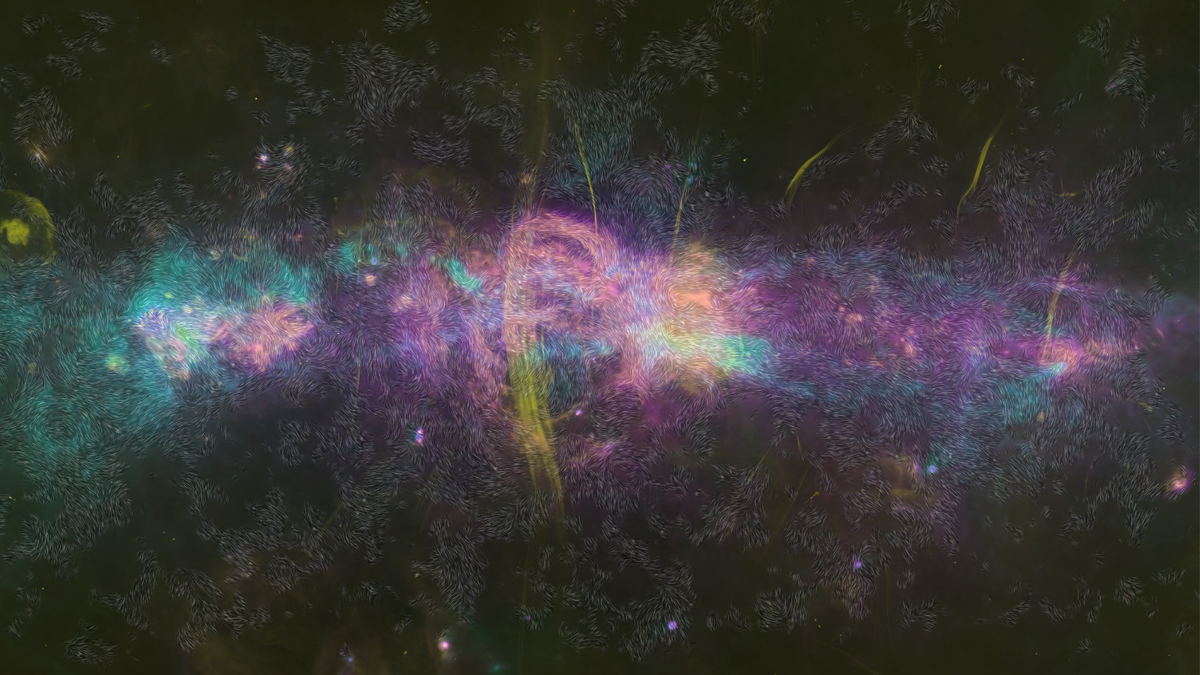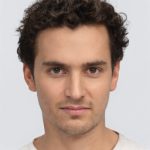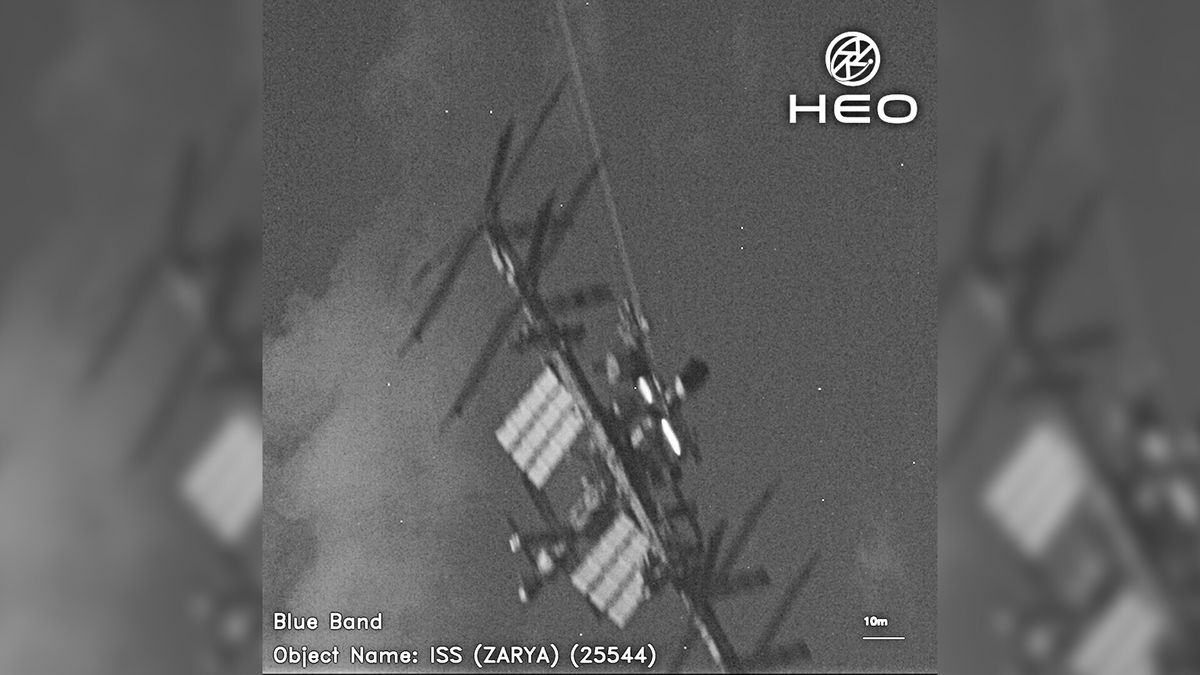The Mysteries of the Milky Way Revealed
The Milky Way serves as the celestial home for humanity, yet our comprehension of it remains incomplete. Through a NASA-funded endeavor, a team spearheaded by Villanova University scholars has unveiled an unprecedented visual representation of the central powerhouse nestled within our galaxy.
Exploring the Heart of Our Galaxy
The fresh depiction of this central expanse of the Milky Way, a product of a four-year-long endeavor, spotlights the intricate relationship between magnetic fields at the core of our galaxy and the frigid dust structures that abound there. These minute particles constitute the fundamental constituents of stars, planets, and life as we recognize it. The central powerhouse of the Milky Way propels this cycle.
Consequently, a clearer illustration of the interplay between dust and magnetism begets an enhanced comprehension of the Milky Way and our position within it. Furthermore, the revelations of this team harbor implications that radiate beyond our galaxy, providing glimpses into the interactions of dust and magnetic fields within the central powerhouses of alternate galaxies.
An Insight into Galactic Formation
The understanding of star and galaxy genesis and evolution stands as a crucial element in the life narrative — nevertheless, the interplay of dust and magnetic fields within this narrative has traditionally eluded exhaustive scrutiny, particularly within our very own galaxy.
“The core of the Milky Way and much of the interstellar expanse is filled to the brim with dust, a defining component of our galaxy’s life cycle,” elucidated David Chuss, lead researcher and physics professor at Villanova University. “Our focus lay on the light emissions stemming from these chilly dust granules, a byproduct of heavy elements crafted in stars, disseminated post the demise and detonation of these stars.”
Deciphering Magnetic Fields in the Milky Way
Nestled within the Milky Way’s core rests a domain dubbed the central molecular zone, teeming with an estimated 60 million solar masses of dust. This colossal reservoir maintains an icy temperature of roughly minus 432.7 degrees Fahrenheit (minus 258.2 degrees Celsius), hovering merely a few degrees beyond absolute zero, a theoretical temperature signifying a cessation of all atomic motion.
Simultaneously, the heart of the Milky Way harbors sizzling gas, divested of its electrons and existing as ionized plasma. Radio wave analyses of this realm exhibit distinct vertical elements that trace magnetic fields within the hot, ionized plasma division of the Milky Way’s nucleus.
The team embarked on unraveling the alignment of cool dust with the magnetic fields at the core of the Milky Way, thereby unveiling the orientation of these magnetic fields, a property known as their “polarization.”
The project, christened Far-Infrared Polarimetric Large Area CMZ Exploration (FIREPLACE), orchestrated an infrared map spanning approximately 500 light-years across the central Milky Way across nine airborne excursions. Through measurements of the dust-aligned radiation’s polarization, the team inferred the intricate structure of these magnetic fields, superimposing them onto a tricolored map. This graphical rendition depicts warm dust in pink hues, cool dust clouds in blue, and radio wave-emitting filaments in yellow.
Image/Photo credit: source url





